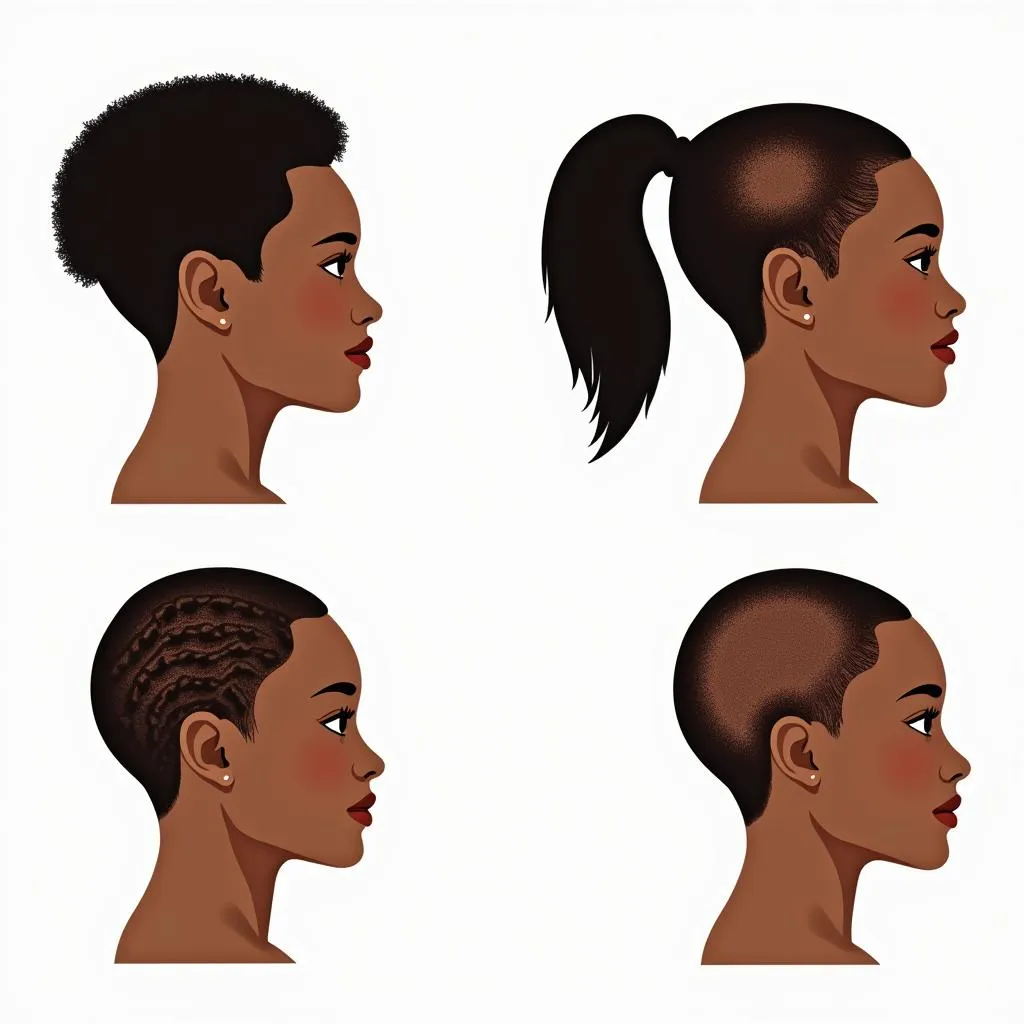The African Cat Cheetah: A Majestic Predator in the Savanna
The African cheetah, with its sleek, spotted coat and incredible speed, is one of the most iconic animals in the savanna. This magnificent creature is known for its lightning-fast sprints and agility, making it a formidable predator. In this article, we delve into the world of the African cheetah, exploring its fascinating characteristics, unique adaptations, and the challenges it faces in a changing world.
The Cheetah: A Sprint King
The cheetah is the fastest land animal on Earth, capable of reaching speeds of up to 70 miles per hour in short bursts. Its extraordinary speed is attributed to several adaptations, including:
- Streamlined Body: The cheetah’s body is built for speed, with a streamlined shape that reduces wind resistance.
- Long Legs: Its long, slender legs allow for powerful strides and a wide gait.
- Flexible Spine: The cheetah’s spine is highly flexible, enabling it to stretch and reach maximum speed quickly.
- Deep Chest: Its deep chest houses a large heart and lungs that pump oxygenated blood throughout its body, providing the energy needed for high-speed sprints.
The Spotter: A Master of Camouflage
The cheetah’s distinctive spotted coat serves as a camouflage in the tall grasses of the savanna. The spots break up the cheetah’s outline, making it harder for prey to detect.
“The cheetah’s spots are like a natural form of camouflage, helping it blend in with the environment and ambush its prey,” says Dr. Sarah Jones, a renowned wildlife biologist specializing in cheetah conservation.
The Cheetah’s Diet: A Focus on Speed
Cheetahs primarily prey on small to medium-sized mammals like gazelles, impalas, and hares. Their hunting strategy relies on their speed, using quick bursts to chase down their prey and subdue it with a powerful bite to the neck.
Cheetah Cubs: A Vulnerable Start
Cheetah cubs are born blind and helpless, relying entirely on their mother for protection and nourishment. They are incredibly vulnerable during their first few months, often falling prey to predators like lions and hyenas.
“Cheetah cubs are born with an incredible instinct for survival, but they need their mother’s guidance and protection to overcome the challenges they face in the wild,” explains Dr. David Wilson, a wildlife conservationist with years of experience studying cheetah behavior.
Challenges for the Cheetah: A Race Against Time
Despite their incredible adaptations, cheetahs face a number of threats:
- Habitat Loss: As human populations grow, cheetah habitat is shrinking, putting pressure on their survival.
- Human-Wildlife Conflict: Cheetahs often come into conflict with humans, particularly when they prey on livestock.
- Poaching: The illegal trade in cheetah parts continues to be a threat.
Cheetah Conservation: Protecting a Precious Species
Several organizations are working to protect the African cheetah, focusing on:
- Habitat Protection: Creating protected areas and reducing human encroachment on cheetah habitat.
- Community Education: Educating local communities about the importance of cheetah conservation and how to reduce conflict with these animals.
- Anti-Poaching Efforts: Strengthening anti-poaching patrols and law enforcement to deter the illegal trade in cheetah parts.
Frequently Asked Questions:
1. How many cheetahs are left in the wild?
Estimates suggest that there are only around 7,100 cheetahs left in the wild, making them one of the most endangered large cat species.
2. Where are cheetahs found in Africa?
Cheetahs are found in a range of countries across Africa, including Namibia, Tanzania, Kenya, Botswana, and South Africa.
3. What is the biggest threat to cheetahs?
Habitat loss and human-wildlife conflict are the biggest threats to cheetahs, followed by poaching and disease.
4. Can cheetahs be domesticated?
Cheetahs are wild animals and should never be domesticated. They require a vast amount of space to roam and hunt, and their predatory instincts cannot be completely tamed.
5. How can I help cheetahs?
You can help cheetahs by supporting conservation organizations working to protect them, educating yourself and others about their plight, and making responsible choices as a consumer.
The African cheetah is a remarkable animal, adapted for speed, agility, and survival in the harsh savanna environment. However, its future remains precarious due to the threats it faces. By understanding the challenges and supporting conservation efforts, we can play a role in ensuring the survival of this magnificent predator for generations to come.

